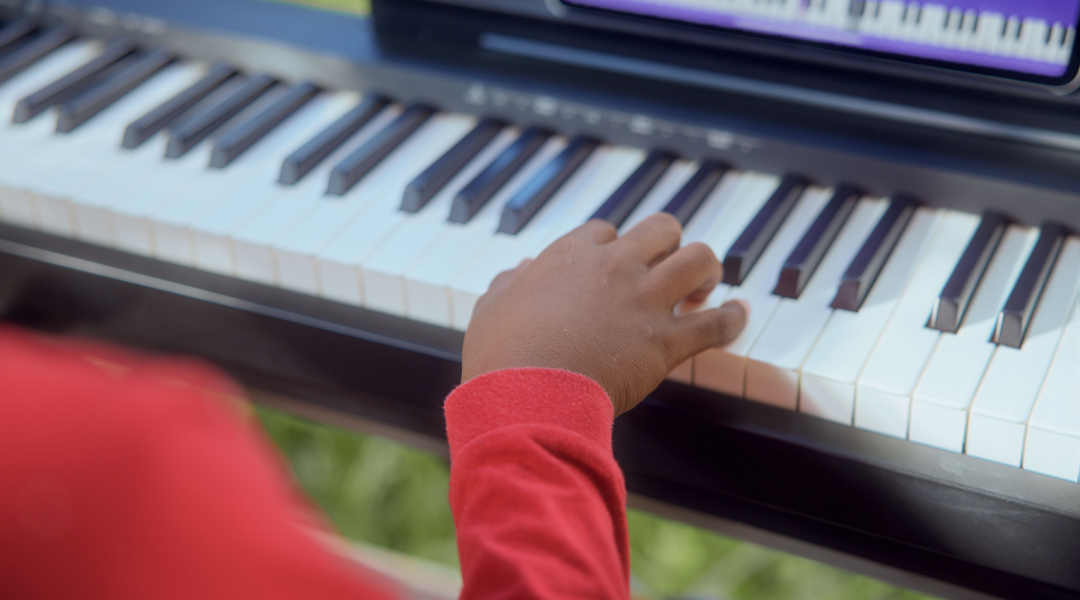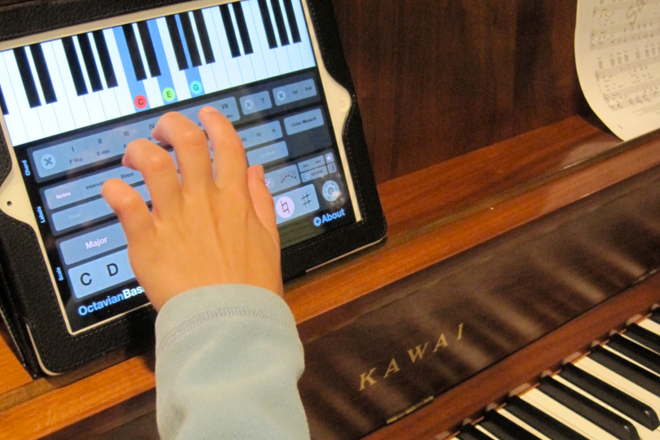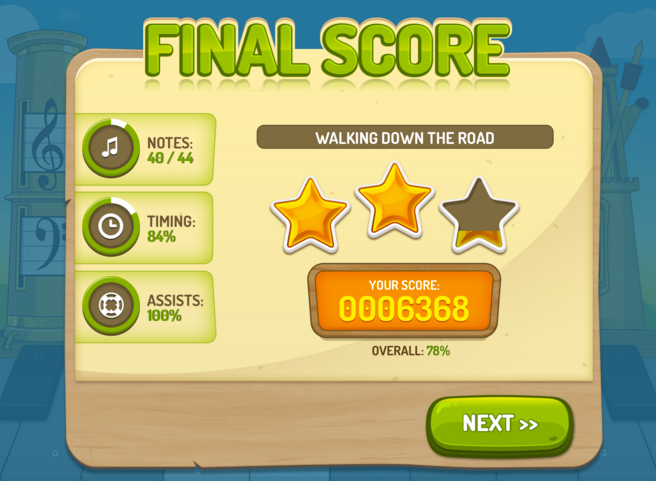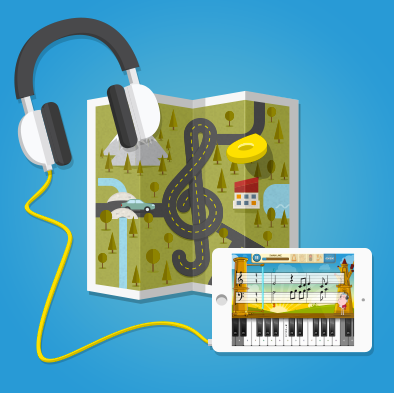How to Write Song Lyrics: A Complete Guide

Are you trying your hand at songwriting? Learn to write catchy tunes and smooth rhymes with our guide on how to write song lyrics.
Music is one of the many art forms that allows us an extraordinary degree of expression. When they merge, music and language can streamline messages straight to the heart.
Although, if this is your first time songwriting, the process can feel overwhelming.
When writing lyrics, there is a balance of chaos and order you need to strike.
On the one hand, you want to speak from the heart and use words that evoke emotions within yourself and the audience. However, to properly convey the message or depict the scene, you need structure or a storyline of sorts.
Harmonizing the vaporous imagination and the calculating mind can help you write lyrics that synchronize with the music while conveying your message.
Let’s dive in!
How to write song lyrics: Start here.
The best way to start writing song lyrics is to create a foundation to build from.
Like a melody.
A melody defines the energy or feeling of the song, serving as the underlying narrative you can build from. A melody is a sequence of notes that consists of a pitch and rhythm. The pitch refers to higher and lower notes, while the rhythm refers to the length of time you hold a given sound. Think of the song ‘Happy Birthday.’ How the words happy and birthday drag out gives the melody a particular effect.
Brainstorming song lyrics.
Once you’ve got the melody down, it’s time to brainstorm.
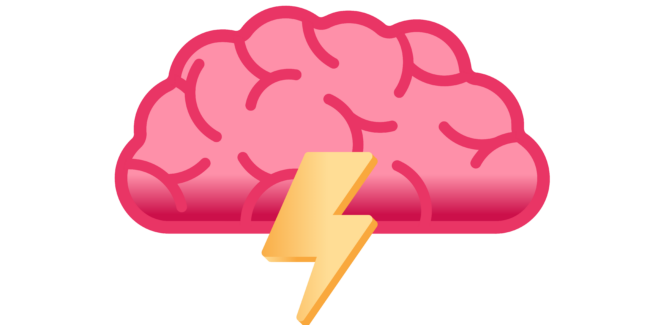
Think of the message or scene you envision as being central in the song. What kind of image do you want to conjure? The options indeed are endless.
Start by writing things down, and play around with your ideas. The point is to get words on paper.
You can think of writing lyrics as a sort of sculpting process. You gradually provide more detail, refine the direction, and add perfecting touches with each pass.
Eventually, settle on a subject and think about how to express your ideas best.
An excellent place to start is by addressing the human senses. We interpret our surroundings using our sense of smell, touch, hearing, vision, and taste. By describing the sensations, you can channel and convey your idea more clearly.
Interpreting the structure of song lyrics.
If you’re looking for some inspiration, what better place to look than in the songs you love?
Check out lyrics that have a similar topic to what you’re writing about. A trick is to read the lyrics without listening to the music, helping you focus on the poetry.
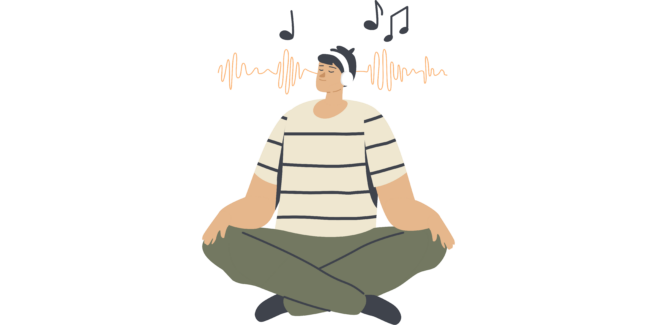
Studying the work of adept songwriters will help you get a better idea of what works. Pay attention to how often the lyrics rhyme, how frequently they use a chorus, whether or not there is an introduction, and what words they use.
Understand different song structures.
A song typically consists of different parts that you assemble into a structure. The structure of a song can act as a set of train tracks to guide the song’s narrative.

Typically, there is an introduction, some verses, a chorus or two, and sometimes a bridge.
- The introduction can be a set of verses that set your story’s stage or scene. Introductions can vary in speed, style, and length and differ from the rest of the song. In many pieces, there’s no introduction at all.
- A verse is a set of lines that tell the tale of your song.
- The chorus is a set of lines that can repeat throughout the song. Ideally, it is also the catchiest part of the song.
- A bridge is usually just a few lines and comes sometime after the second chorus. It sounds completely different from the rest of the song, and you can use it to transition into another key.
A basic structure will look like AABA – verse, verse, chorus, verse – and C would represent the bridge.
However, music is an art, a beautiful mix of chaos and order. So as you get more practice in, you can start playing around with the structure – for example, AAAB, ABAAB, ABCAB, ABACABA, etc.
Eventually, you can try breaking any form and making something unique!
Using music notation.
Another aspect of songwriting is how your lyrics flow with the music. You can hammer a message home with the right words at the right time.

So understanding music notation–bars, measures, notes, and rests–can dramatically impact your song.
- A bar, or measure, is a musical notation that refers to the number of beats within a specific time frame.
- A rest is the absence of a sound. Each rest symbol indicates how long the silence should last.
- Lastly, a note is a symbolic representation of a musical sound. Notes can represent the pitch and duration of a sound.
By understanding the flow of the music, or the instrumental reverberations, you can see how the lyrics might fit in best. Also, add some space where you’re not singing so you can catch your breath.
Keep it simple.
The way we write is often quite different from the way we speak. There seems to be a switch in our brain that likes to complicate and embellish ideas.
We can use elaborate, poetic, archaic articulations or plain simple language to describe something. In the former, people will easily relate to your words, and they won’t need to pull out a dictionary to know what you’re saying.
Follow your heart.
Ultimately, songwriting is an art.
Once you create the melody and build a [tentative] structural foundation for your lyrics, it’s time to hammer out the details.
While being mindful of your chosen words will help you connect with your audience, staying true to yourself is important.
There is an intangible aspect of music that seems to escape words. It’s a feeling that resonates deep within when that particular segment of sound emits.
In other words, the structure is essential, but it’s not everything. Therefore, some flowery language here and there will be the touches that make your song unique.
Authenticity is a powerful thing. It’s how you imbue yourself and your vision into the music.

Writing lyrics to a song can feel a bit overwhelming. However, once you find a place to start and create a structure to work with, you’re free to indulge in the pleasures and pains of writing music.
Often, practicing a systematic approach can help you improve your skills more effectively. And just like writing lyrics, learning the piano can be facilitated with a structured method.
If you’d like to keep your musical pursuits fresh, fun, and on an upward trend, try the Simply Piano app.






